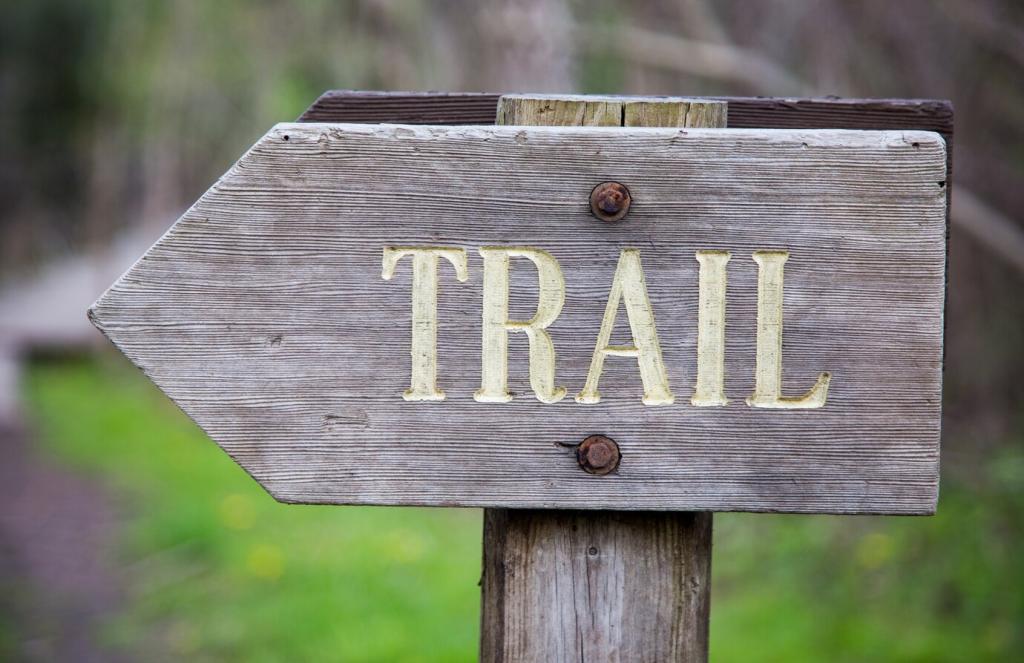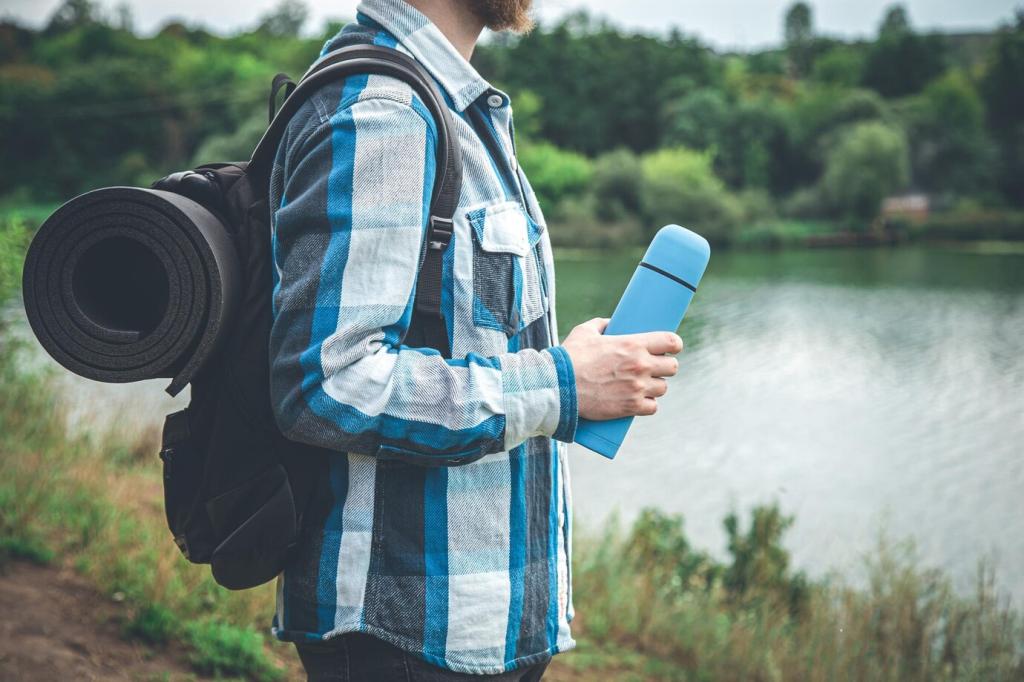Autumn Rains: Grip, Warmth, and Leaf-Covered Trails
A grippy outsole compound with sharp, varied lugs helps on damp granite and leaf slime. Heel brakes assist on descents, preventing skids when leaves act like loose ball bearings. Test your grip gently before committing to steep sections after a rain.
Autumn Rains: Grip, Warmth, and Leaf-Covered Trails
Mid-cut collars don’t magically brace ankles; stability starts with fit, lacing, and a supportive platform. A snug heel cup and a well-tuned lacing pattern add confidence under a heavier fall pack. Try a surgeon’s knot at the instep to lock the midfoot securely.








